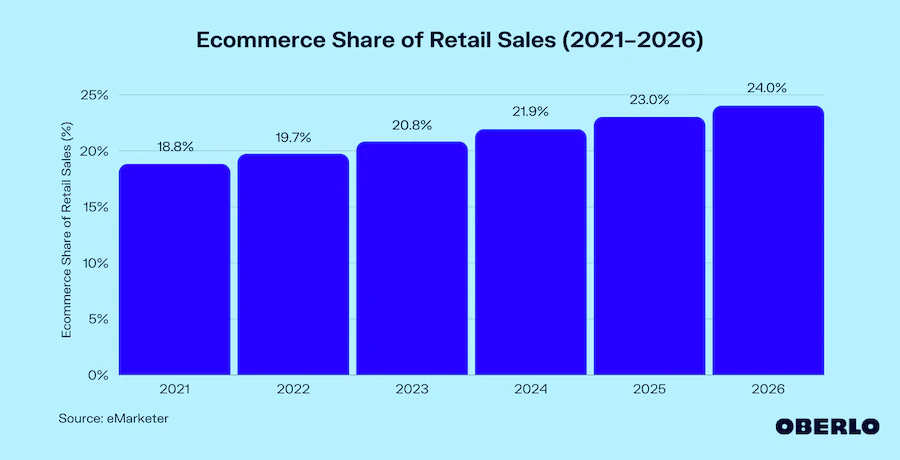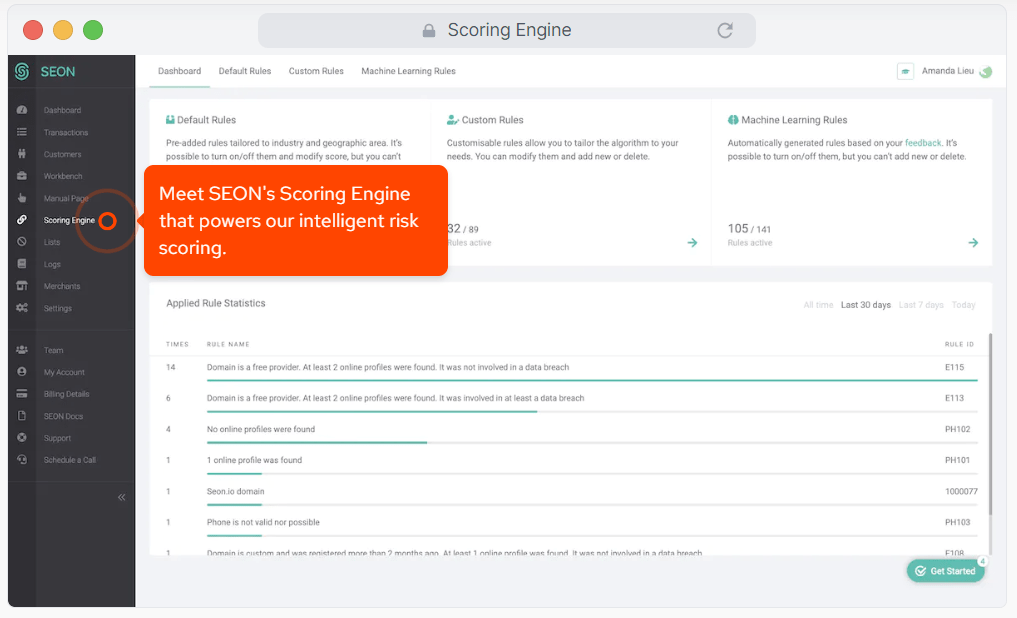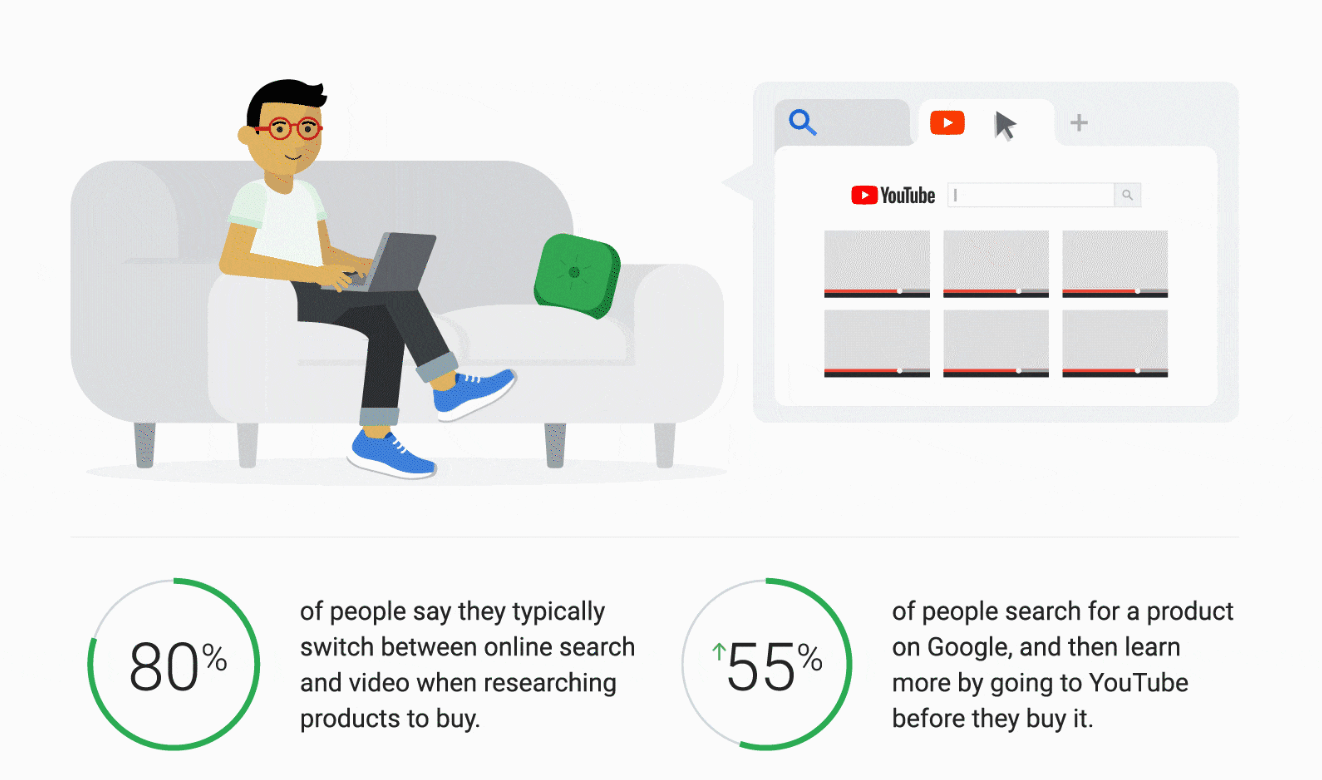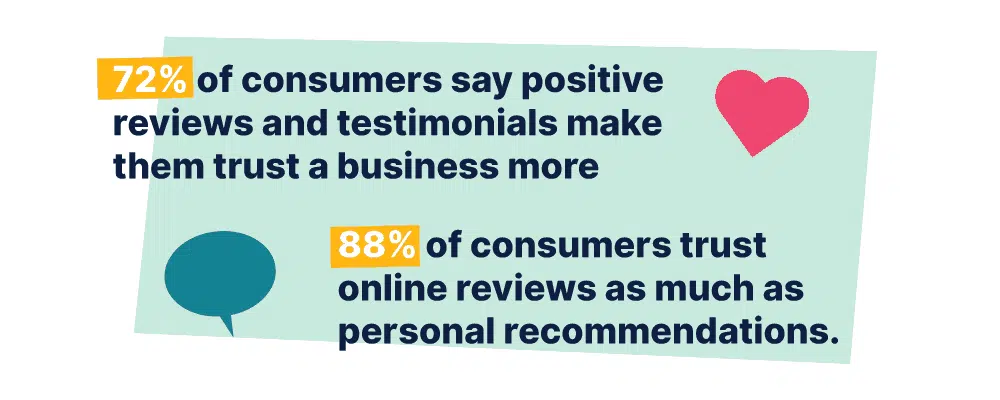Importance of a Digital Footprint Analysis for Ecommerce Sites
Author & Editor
Founder & CEO
Published on: Nov 25, 2022 Updated on: Aug 19, 2024

Table of Contents
You’ll surely give more thought to your digital footprint after reading its importance for ecommerce sites.
Everyone that uses the internet today has a digital footprint. Their actions are tracked by search engine crawlers and artificial intelligence (AI) bots to optimize the customer experience.
Their photos and videos put on social platforms are right there on the worldwide web. Everything from what you search to what you bought or post makes a big, digital footprint.
This footprint is even bigger for businesses, especially the ones with ecommerce websites. Since these brands operate online, they have a digital footprint that marks the entire work of the company.
Digital footprints – a make or break factor
Now, depending on your business's digital footprint, this can either help you or hurt you. The better your footprint, the more success you can expect for your online store. According to research, ecommerce is set to reach 23.6% of all retail sales by 2025. If you want to get on that train and earn more with your store, you need to work on making that digital footprint great.
 Data courtesy of Oberlo
Data courtesy of Oberlo
In this article, you’ll learn why analyzing your digital footprint is important - as well as how to improve it.
Defining digital footprint for ecommerce businesses
A good digital footprint is more than just a few positive testimonials and a nice-looking platform. There are many decisions that can impact your online presence, starting with your choice of digital channels for the business to the quality of the videos you post on your website.
A business’ digital footprint is a collection of blog posts, websites, content, social media pages, videos, reviews, user comments, and more. It’s everything about your brand that can be found on the internet. In the case of ecommerce, this is everything!
The tricky part is that digital footprints can be intentional or unintentional i.e. active or passive. A digital footprint can have several main components, too, including search, email, social media, reviews, and major directories.
These components join together and form a sum total that we call your digital footprint.
Why is digital footprint important?
Every day, people shop on Google over a billion times. With so many purchase options on the internet, they are even more careful about where they buy.
When a person considers a business to buy from, they are interested in their digital footprint. They want to see what’s offered on the website, as well as what others said about the company.
Knowing this, your digital footprint can determine whether or not your ecommerce is a successful one. That being said, let’s go through the benefits of a good digital footprint for your ecommerce business:
1. Digital footprints are great for fraud analytics.
At this point, we are talking about your customer’s digital footprint. As a business, you should be tracking and analyzing the demands and behaviors of your buyers. This will help you personalize your offer, target the right people, and get the right message to them.
These behaviors are your customers’ digital footprint. They are useful not only for your marketing and content strategies, but also for your brand’s safety. The ecommerce world can be very dangerous unless you know how to detect fraud and prevent it. If you check SEON’s fraud analytics guide, you’ll learn how vital this can be to your store’s survival, not only its success.
 Photo courtesy of SEON
Photo courtesy of SEON
SEON is a tool that ecommerce businesses use to protect their stores - and customers from fraud. You can hardly keep track of everything, so the idea is to use technology to skim through transactions, behaviors, and conversations and find patterns that are a red flag for fraud.
Thanks to SEON and digital footprints, businesses can now keep their information - and that of their customers, safer than ever.
2. It makes it easier for your target audience to find you.
Yes, that is how your audience finds you - with your digital footprint. Everything you do online makes your footprint and with the right actions, you can get more people to your website, social pages, and your products.
Thanks to all the content you enriched with keywords, the high-quality images you posted, and the good reputation you’ve held over time, people can search for ecommerce stores and find yours in the results. There’s a lot of effort to be put into this, but getting higher in search results is more than possible.
Google algorithms use a brand’s digital footprint to determine its ranking in search engines. They use the data in yours to match it with the right searches. If you manage to improve your footprint, you can get more people from your target audience to your website.
This goes two ways. Google also tracks your target audience’s footprint to see what they are looking for and match them with the right businesses. They’ll check their behaviors to see which ads to show them.
 Image courtesy of Google
Image courtesy of Google
3. It empowers customers with the information they need
The Internet has made the buying process more transparent than ever. When people buy on sites like, let’s say Amazon, they can review endless choices with ease, which speeds up their decision-making.
As a result, buyers’ expectations have raised over the years. They now expect businesses to provide them with easy access to information regarding prices, choices of products and services, reviews from other customers, and conveniences like free or worldwide shipping.
So, the idea is to keep your website user-friendly and have a store that offers customers the information they need right away. If you create such a digital footprint, people will make their decisions faster and will more likely buy from your store.
4. It convinces them that your store is a good choice.
A good digital footprint is a recipe for a positive reputation on the internet. Let’s say that someone searches your store’s name on Google. If what they see in the results are positive testimonials from other customers, this will convince them to buy.
The things people write on social media, your site, and online forums build awareness for your store. This has the potential to reach future customers and help them learn about your products and services.
In other words, a good digital footprint makes your business trustworthy, spreads word of mouth, and helps convert more leads.
 Photo courtesy of Wyzowl
Photo courtesy of Wyzowl
5. It defines how the customer journey will unfold.
How do your leads find your store online? What do they click on and where does it take them? Will they find the CTA right away or have to go through different pages? How easy is it for them to find testimonials about your business?
It all revolves around the things you have online and how you’ve built up your digital footprint. Essentially, your footprint defines the customer journey from the moment they come across your brand’s name to the moment they complete their purchase - or decide to look elsewhere.
Five quick tips for maintaining a good digital footprint
As you can see, the digital footprint can change everything for your ecommerce business. This is why you need to analyze yours and work hard to improve it. With that in mind, here are 5 very useful tips for maintaining a good digital footprint:
1. Analyze your digital footprint.
You can’t take any action before you analyze what you already have. What will you work on if you don’t know what your business looks like online? The first step is always analysis of your footprint.
To analyze it, Google your brand’s name. Check all the results. Is your website one of the first in the search results? If it isn’t, it’s not SEO-optimized and you have to work on it.
This part will also tell you who mentioned your business and whether or not the ratings are good. The testimonials from customers are a good way to learn what you need to improve and learn about your strengths.
Looking at this will also tell you if your messages are consistent, and if people can see clearly what your store is all about. You might come up with ideas for new information to include to make things clearer and more appealing, or even new products or services to sell.
2. Go through your content.
It is best to look at your website as if you were a customer. Go over your pages with a fine-tooth comb to see if everything looks clear, if your CTAs are in place, and if you need to add something more.
3. Increase your activity.
Customers took the time to leave a review for your website online, so it’s only natural that you should thank them for it - even if the feedback is negative. Be active and respond to comments and mentions, tell people that you will solve their problems - and how, and present yourself as an expert in your industry.
4. Look for opportunities.
Your current digital footprint will tell you what opportunities you have for growth. Should you be using other platforms? Do you need to change your content? Is your audience looking for something more in your products or services?
5. Create a strategy you’ll share with your team.
This is not something you can do on your own. Based on what you learned and what you can do to improve your footprint, create a plan and share it with your team.
So, what’s your digital footprint like?
Chances are, you won’t like everything about your digital footprint. It’s impossible to make every customer happy or have just the right amount of presence on all sites and social pages. The idea behind this is to make your brand findable and trustworthy in the eyes of your targeted audience.
Remember: it all starts with analysis. If you haven’t done so already, check your ecommerce store’s footprint - this is the recipe for its success!
